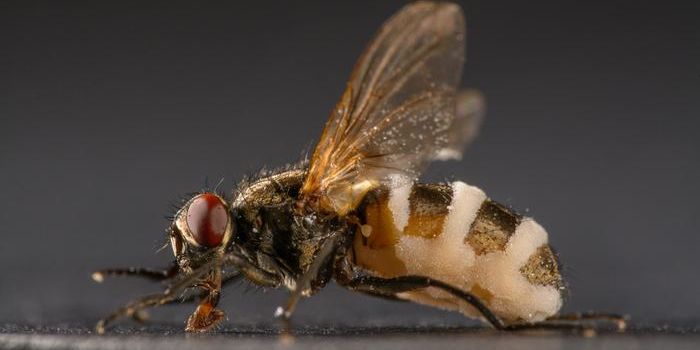From variolation to vaccination
We’ve all heard of vaccination, but what do you know about variolation?
Variolation was a primitive method of immunizing people against smallpox. In a nutshell, people were intentionally infected with a mild case of smallpox to prevent a more serious, deadly case. Variolation gets its name from Variola - the scientific name for the smallpox virus.
Infection with variola major, the most severe strain of the smallpox virus, had a mortality of around 35%. People would often contract the virus through inhalation. It sets up shop in the oral and respiratory mucosa, eventually making its way to lymph nodes where it replicates. The virus then travels through the bloodstream into the spleen and bone marrow, where it continues to multiply. After 12-15 days, the characteristic lesions appear on mucous membranes; 24 to 48 hours later, the lesions appear on the skin. The last known case of smallpox was diagnosed on October 26th, 1977.
Records indicate that variolation was first practiced by the Chinese as early as the 15th century. They practiced variolation by nasal insufflation - essentially, you’d suck some stuff up your nose. That “stuff” was usually powdered smallpox scabs. It was important that the scabs were taken from somebody with a mild case of smallpox and that the scabs were allowed to dry out - if they were too fresh, the variolee (is that a word?) could become quite ill.
During the 18th and 19th centuries, the practice made its way to the Middle East and Africa. The technique differed a bit, however. In parts of Africa, mothers would tie a cloth around a child’s smallpox-covered arm. That cloth would then be tied around a healthy child’s arm - giving them a mild case of smallpox, but protecting them from a deadly case.
By the 1700s, variolation was widely used in England, largely thanks to Lady Mary Wortley Montagu, the wife of the British ambassador to Turkey. By this time, the technique of variolation had become more refined - the so-called Suttonian method. In this method, the smallpox material was administered through a small scratch on the skin. From Europe, variolation made its way to America - George Washington even had the Continental Army variolated.
Despite its successes, variolation wasn’t a cure-all. In many cases, variolated people simply spread smallpox to other people. Here’s where vaccination came into the picture.
In the late 1700s, Edward Jenner (and others) investigated vaccinating people with cowpox as a way to prevent smallpox (a young boy named James Phipps received Jenner’s first vaccine) . Jenner realized that milk maids often contracted cowpox, but they didn’t get smallpox. The term “vaccine” actually comes from “variolae vaccinae” - smallpox of the cow.
Fast-forward to 1967, this was the inaugural year of the World Health Organization’s Smallpox Eradication Program. The “modern” smallpox vaccine uses vaccinia virus. Virologists know vaccinia as a tool widely used in research, but where did it come from? That’s an odd question, but a legitimate one.
Vaccinia is closely related to the cowpox virus, and they were considered synonymous for some time. Years of manipulating the virus - and poor record keeping - make vaccinia’s origin a mystery, although some camps think it is a hybrid of the variola and cowpox viruses. Still others think it may have been isolated from horses.
Even though vaccinia was used for vaccination, it wasn’t completely harmless. The smallpox vaccine often caused side effects in immunocompromised individuals. Generalized vaccinia occurs within a week of vaccination, producing mild skin lesions. Eczema vaccinatum was common in vaccinated individuals with a history of eczema. The more serious progressive vaccinia causes ulcers and necrosis, while the mild roseola vaccinia is simply a reddening around the site of vaccination.
Despite its odd, and unknown, origins, we have vaccinia to thank for eradicating naturally occurring cases of smallpox.
Sources: Annals of Internal Medicine, Science Museum, World Health Organization, Medscape, Wikipedia









